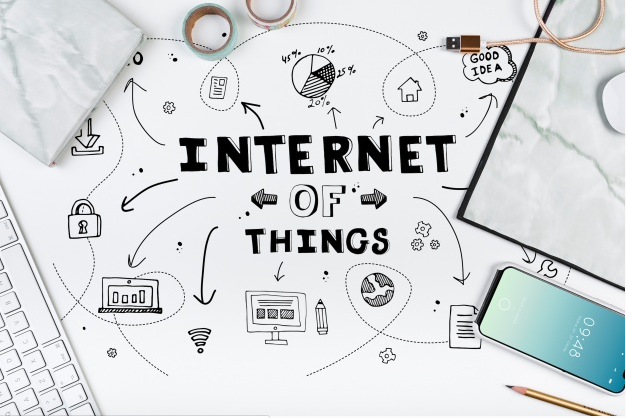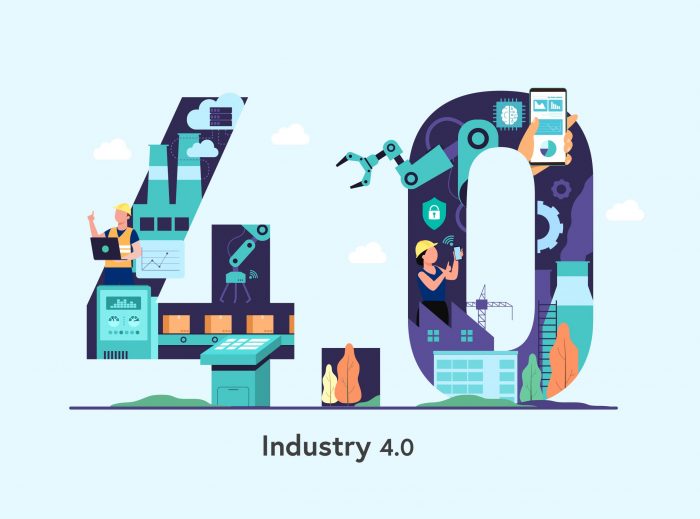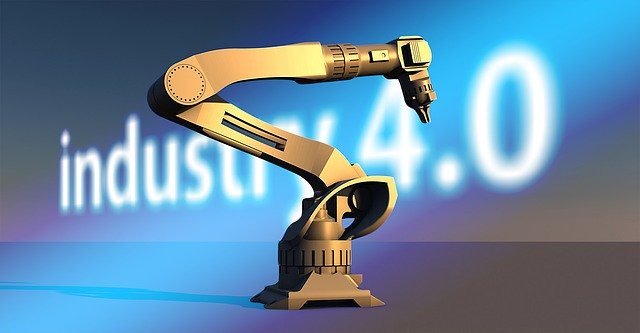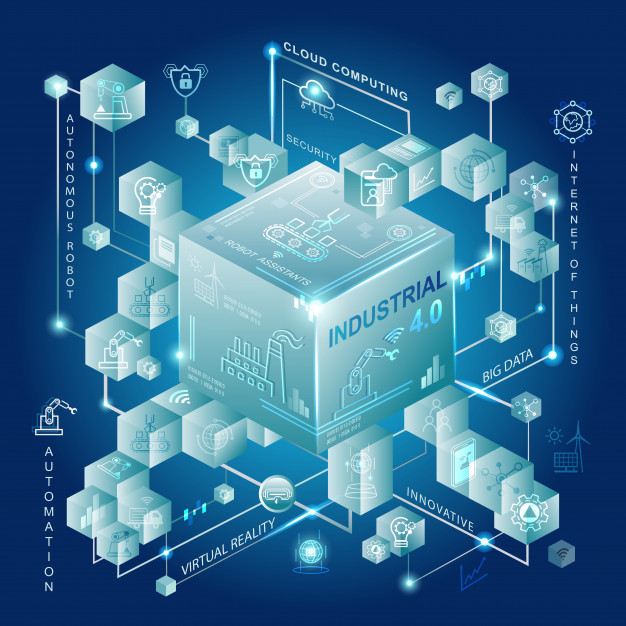Industry 4.0 & IoT: What’s in store for the Future
Audio : Listen to This Blog.
Industry 4.0 & IoT: What’s in store for the Future
A few decades ago, most individuals were connected to the world outside their homes in limited ways, primarily with landline telephones, radio and televisions. Aside from telephones, radio and television was a one-way experience. One could watch or listen, but not interact with a radio or TV. The notion of connectivity was still very much at its infancy as slow dial-up speeds and spares infrastructure hampered online activity. However, over the years, the technology available for masses was becoming more affordable. But, at this point concerns over online security and privacy began to make rounds into the public consciousness. With the social space shrinking and people getting connected to each other, online commerce boomed.
By 2010, there were more devices connected to the internet than people in the world. In the average household, the number of devices connected to the internet has risen almost immeasurably, from a single router to the multiple laptops, tablets and smart phones of today. This phenomenon is known as the Internet of Things. And with an equal amount of devices available to the business sector especially being made available to manufacturers, the potential exists to achieve massive savings by using the IoT to its fullest extent. The so-termed ‘fourth industrial revolution’, Industry 4.0 , is tying individual technologies into a cohesive whole, collecting and formatting the massive amounts of data now available. Incorporating this newly-available technology will allow business and manufacturing systems to make operating decisions automatically, without human interaction
A current factory comprises a series of individual parts such as finance department, production team, logistics that are working independently, with a management team controlling and coordinating the whole. These individual departments may have several systems in play, but the management team brings the overall communication and integration. In the future, in trying to achieve the cohesion where all decisions are made by the “factory” itself, new technology will allow the factory’s computer systems to make those decisions we, as humans, used to make. This will eliminate our human unpredictability and propensity for error, by letting the factory itself undertake the operating decisions. In this way, we will increase productivity, eradicate human error, reduce labor costs and keep inventory down by reducing work in progress between intermediary operations.
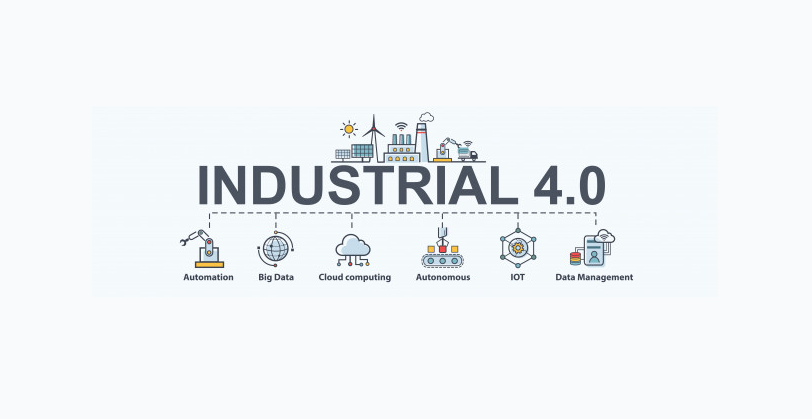
Manufacturing 2020
Manufacturing is an essential part of business and transcends other marketplace areas such as retail, healthcare, transportation and wholesale trade in its use of IoT solutions . In our digital age, the consumer is looking directly to the manufacturer and new technologies are needed to enable management of the supply in, the build and supply out in the most efficient, cost-effective way. There is a need for an adaptable and mobile workforce as business systems become more distributed. Increased visibility and control of available data is vital, allowing it to be processed into useable business information. Businesses have the opportunity to focus on phasing in new technology into current manufacturing lines and, in recent years, there has been a huge rise in the amount of devices and sensors used within the manufacturing sector.
By 2020, it is estimated that 50 billion connected devices will be in use worldwide, meaning that manufacturers will have to keep pace with the ‘on demand’ consumer. This focus for change must adopt new business models and technologies, such as the Internet of Things and Industry 4.0 to facilitate convergence of the physical with digital manufacturing, enabling businesses to increase traceability, accountability and quality assurance
Power to the user
The knowledge of what action needs to be taken in each particular situation generally lies with the manufacturing experts who define processes and rules for the production process. If these processes and rules can be automated, then they can also be executed by the machine itself. To achieve this, processes and rules must be explicitly modeled in software to enable autonomous decision making. The translation of the production associates’ knowledge into software is an evolutionary process. Thus, continuous translation of knowledge is established.
Technologies of the future
The ‘factories of the future’ will connect operations for complete visibility and adopt the process of applying real-time information to optimize productivity. Complete demand chain visibility will be achieved through the application of technology and end-to-end traceability will safeguard quality, reduce risk and assure cost and compliance. This will give better control over product quality and reduce errors, recalls and waste, meeting manufacturing demand in the most costeffective way. Several technologies underpin today’s smart factory. The cloud enables new levels of scalability, flexibility and responsiveness. Analytics and big data allow insights to be derived in real time from massive volumes of data. “Connected everything” creates new ways of automated and personal interaction. Social Media drives new ways of collaboration within and beyond the organization
The Revolution
Technology advances have blurred the boundaries between the digital and physical worlds. Intelligent, interconnected systems now seamlessly support activities along the entire value chain. It means reduced costs and improved efficiencies. It means greater speed and scale. It means smarter products and services. It means evolving from disrupted to disruptor.
